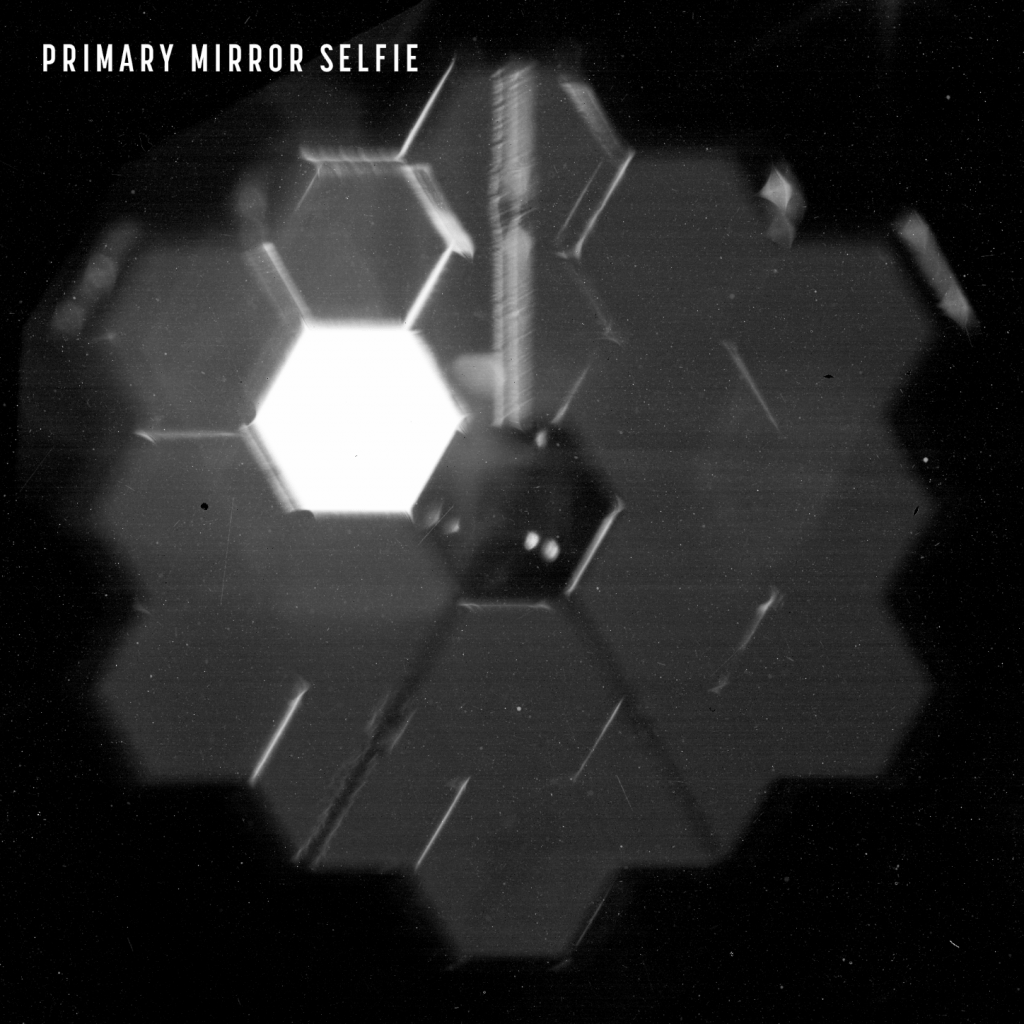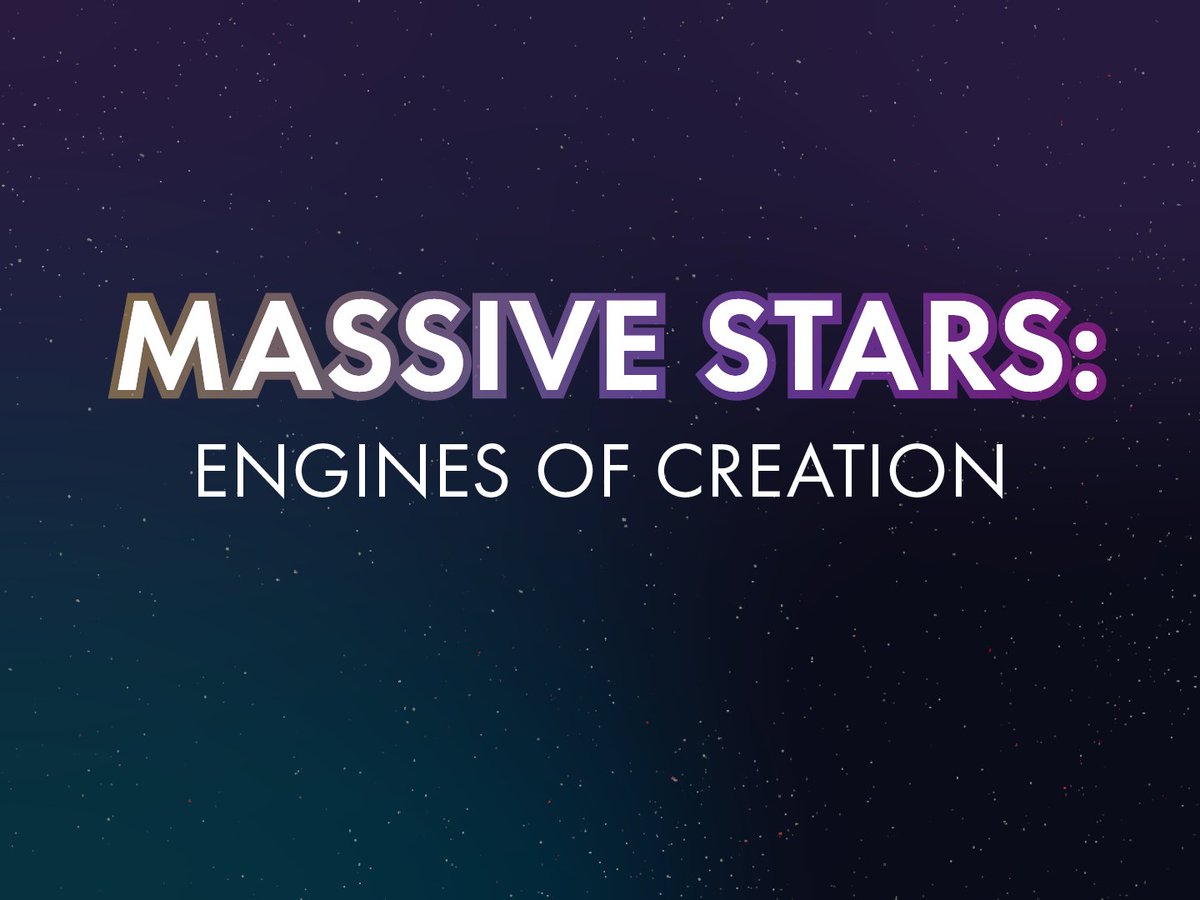
This was definitely the selfie seen around the world! But HOW was #NASAWebb able to take a selfie? Joe DePasquale, senior science visuals developer at @stsci, digs in! 🧵 <1/9> 

DePasquale: The press release states that there is a specially designed pupil imaging lens (PIL) in one of Webb’s main imaging instruments known as NIRCam. What is a PIL anyway? <2/9>
DePasquale: PIL then is a specially designed lens whose sole purpose is to provide a clear image of that aperture allowing you to see where light enters the system. You can see it on the lower left side in this diagram of NIRCam. <3/9> 

DePasquale: The engineers who built #NASAWebb’s NIRCam tacked on a requirement for a pupil imaging lens in their design specs so that engineers could periodically check Webb’s mirror alignment optically during ground testing, commissioning and throughout the mission. <4/9>
DePasquale: Let’s take a closer look at the image produced by the PIL. The most glaring feature is that bright white mirror segment outshining its 17 friends. This is due to the fact that the telescope was pointed at its alignment star—a very bright star known as HD 84406. <5/9> 

DePasquale: In this case, that particular mirror segment and no other is sending light from that star through NIRCam’s optical system, but the PIL is more interested in seeing the mirror, not the star, so that light is defocused into the shape of the mirror itself. <6/9>
DePasquale: There’s enough additional ambient light and reflections to see the other mirrors, and even the support struts of the secondary mirror show through in the vertical and diagonal lines running through the center of the mirror array. <7/9>
DePasquale: There are also a few internal reflections from NIRCam that appear as glints of light near the center and corners of the image. This image gives the engineers a good starting point from which to begin the process of aligning the mirrors. <8/9>
Many thanks to Joe DePasquale for helping us understand how #NASAWebb was able to send back a selfie! He also tells us about Webb’s first look at HD 84406, which you can read about here: bit.ly/3CDHqpl #UnfoldTheUniverse 

• • •
Missing some Tweet in this thread? You can try to
force a refresh













